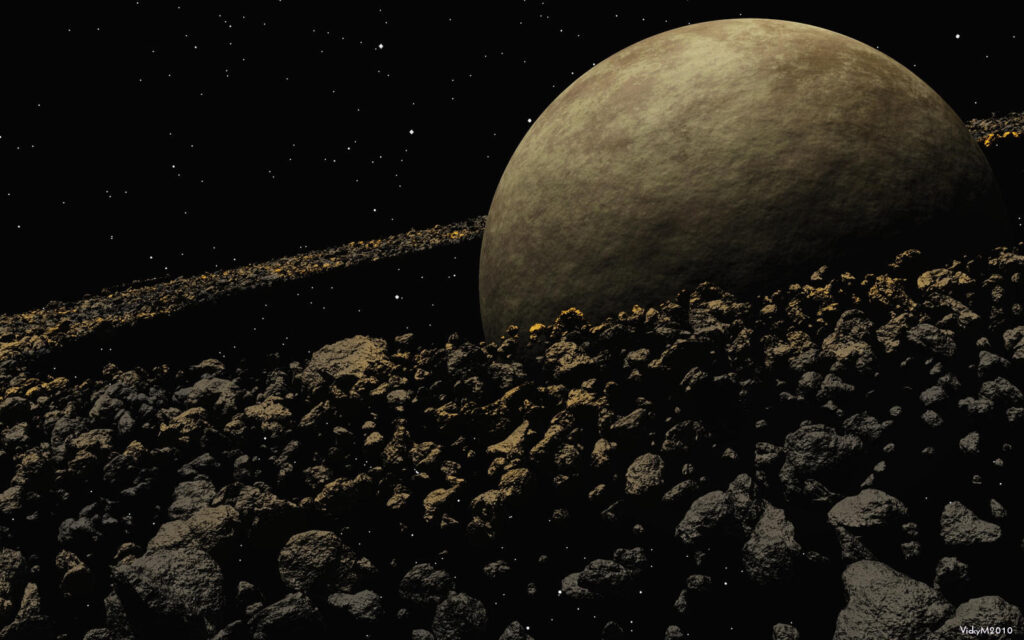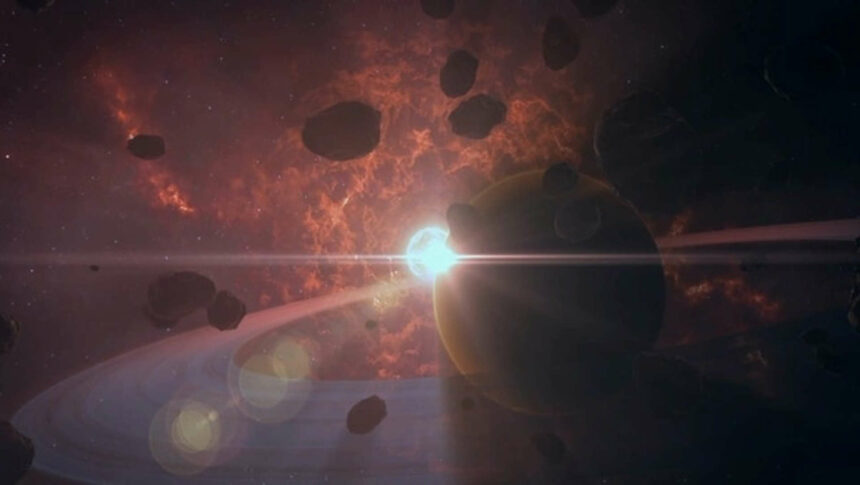Asteroids, though modest in size within our solar system, carry significant destructive potential. NASA’s dedicated mission involves continuous asteroid tracking and research, driven by the need for preventive measures against potential threats. This vigilant monitoring serves a dual purpose: safeguarding Earth and unravelling the secrets held by these celestial objects.
When NASA’s telescopes detect a new Near-Earth Asteroid (NEA), astronomers collect data and share it with the Minor Planet Center. Subsequently, the Center for Near-Earth Object Studies (CNEOS) uses this data to calculate the asteroid’s orbit around the Sun.

A Close Encounter
Asteroid 2023 RD15, first spotted on September 15th, is set to pass by Earth on September 24th. This celestial traveller is about as wide as an average house, measuring approximately 46 feet in width. Despite its seemingly modest dimensions, this asteroid has captured the attention of astronomers worldwide.
The Aten Group
Asteroid 2023 RD15 belongs to the Aten group of asteroids. These are classified as Near-Earth Asteroids (NEAs) because they intersect Earth’s orbit during their journey through the cosmos. The term “Aten” was coined after the discovery of asteroid 2062 Aten. It’s worth noting that the first Aten group asteroid was identified by the pioneering American astronomer Eleanor Helin at the Palomar Observatory on January 7, 1976. These celestial objects are characterized by their orbits, which have semi-major axes smaller than Earth’s.
Safe Distance
One crucial factor that assures the safety of our planet during Asteroid 2023 RD15’s flyby is its estimated closest approach distance, which stands at approximately 1.43 million kilometres. While this might sound relatively close in astronomical terms, it’s essential to remember that the vast expanse of space renders this distance minuscule. Earth and its inhabitants are in no imminent danger.

Speeding through Space
As it hurtles through the cosmos, Asteroid 2023 RD15 is maintaining a brisk pace. Its velocity is approximately 17,917 kilometres per hour, showcasing the incredible speeds at which celestial objects traverse our solar system. Despite its swiftness, its size ensures that it poses no risk to our planet’s safety.
Not a Threat
In line with NASA’s categorization, Asteroid 2023 RD15 is far from being considered a potential threat to Earth. NASA designates space rocks larger than 492 feet in width as potentially hazardous objects. Given that this particular asteroid measures only 46 feet across, it falls well below the threshold for concern.








